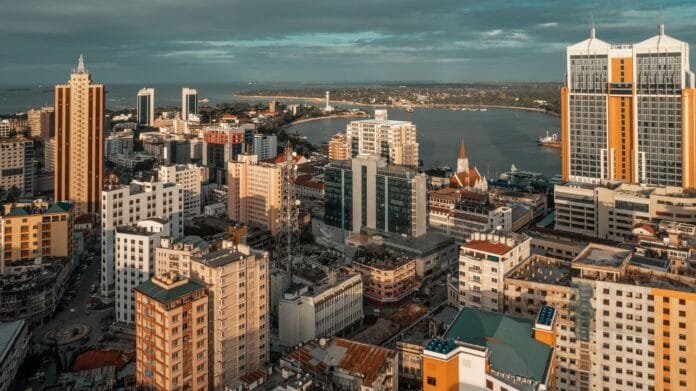Very recently, the International Monetary Fund (IMF) wrote about Mozambique: “In 2023, the Mozambican economy continued to recover (…) supported by developments in the extractive sector, particularly the Coral Sul LNG floating platform. It is fully operational, providing a major boost to the economy.
Growth of 5% is projected for 2024. Overall inflation has significantly decreased to 13.8% (…) due to the reduction in global food prices, the strengthening of the metical, and previous efforts by the central bank to implement more restrictive monetary policies.”
This optimistic outlook seemed to validate the Mozambican government’s economic policies, suggesting that the country’s macroeconomic fundamentals were finally stabilizing, with growth assured. However, the challenge remained to deliver tangible benefits of these improvements to the population.
In October 2023, this almost idyllic scenario faced a setback, revealing a brewing storm.
For 2024, the World Bank projected a GDP growth of 8.3%, slightly above its initial estimate of 8%. However, Oxford Economics lowered its forecast to 3.9% for this year and 3.2% for 2025, citing post-election violence as the main limiting factor. This instability undermines political and economic stability, jeopardizing the conditions necessary for sustainable growth.
Key sectors such as extractive industries, agriculture, and transportation continue to drive growth. Inflation in 2024 is projected to remain in single digits, around 7%, reflecting economic recovery following the pandemic and global disruptions.
Despite this growth, Mozambique faces economic challenges such as inflation and foreign exchange shortages. The Bank of Mozambique has implemented measures to curb inflation and stimulate the economy. In November 2024, the MIMO rate was reduced, and the Prime Rate dropped from 24.25% to 22.82%. Yet, credit volume to the economy remained around 247 billion meticais as of October, with no substantial growth.
The impact of monetary policy and credit to the economy
Despite the reduction in the Prime Rate in 2024, from 24.25% to 22.82%, the response in credit to the economy has been limited. By October 2024, credit volume remained around 247 billion meticais without significant growth. This contrasts with expectations for lower interest rates to stimulate credit and economic activity.
Political instability post-election, characterized by tensions and uncertainties, has made banks adopt a conservative approach, focusing on liquidity and solvency instead of expanding credit. Moreover, a high perception of risk has led businesses and individuals to hesitate in taking on new debt. Consequently, the interest rate reduction has not had the anticipated economic impact.
Structural factors
Beyond political instability, structural factors also limit the credit response. Mozambique’s banking sector is dominated by a few large banks, reducing competition and incentives for aggressive credit expansion. These banks often focus on low-risk segments, such as financing the government and large corporations, leaving small and medium-sized enterprises (SMEs) with limited access to credit.
Economic informality complicates risk assessment and the enforcement of guarantees, making financing riskier and costlier. Although the Prime Rate reduction has the potential to stimulate credit, the high effective rates charged to end clients—due in part to elevated risk premiums—continue to limit the measure’s impact. Additionally, the high fiscal deficit and growing public debt compete with the private sector for financial resources, further constraining credit access.
Currency issues and exchange rate management
Foreign exchange shortages have been a growing concern, especially since 2023, when the Bank of Mozambique suspended forex provision for fuel imports. This increased competition for foreign currency has complicated access, despite the relative stability of the forex market. Net international reserves rose from $3.0 billion to $3.6 billion between June 2023 and June 2024, with import coverage showing signs of stability.
However, cautious forex management by commercial banks has hindered access to the forex market for many businesses. This has reinforced perceptions of forex scarcity, even as the Bank of Mozambique maintains that the market remains stable.
The electoral environment also affects forex availability, as investors delay decisions due to political uncertainty. This delay in foreign investment inflows has contributed to a lower forex supply, increasing pressure on commercial banks. To address this, more effective alignment is needed between the Bank of Mozambique, commercial banks, and the private sector.
Final considerations
While the MIMO rate cut and monetary policies aim to stimulate the economy, their impact has been limited by the post-election context and Mozambique’s structural economic challenges. Political instability, forex shortages, and banking sector constraints undermine the effectiveness of economic policies.
For Mozambique to achieve sustainable economic growth, coordinated efforts are needed, including reforms in the banking sector, political stabilization, and continuous support for the private sector. Only through an integrated approach can monetary policy become an effective tool for driving economic growth and financial inclusion in the country. (Simão Djedje)




